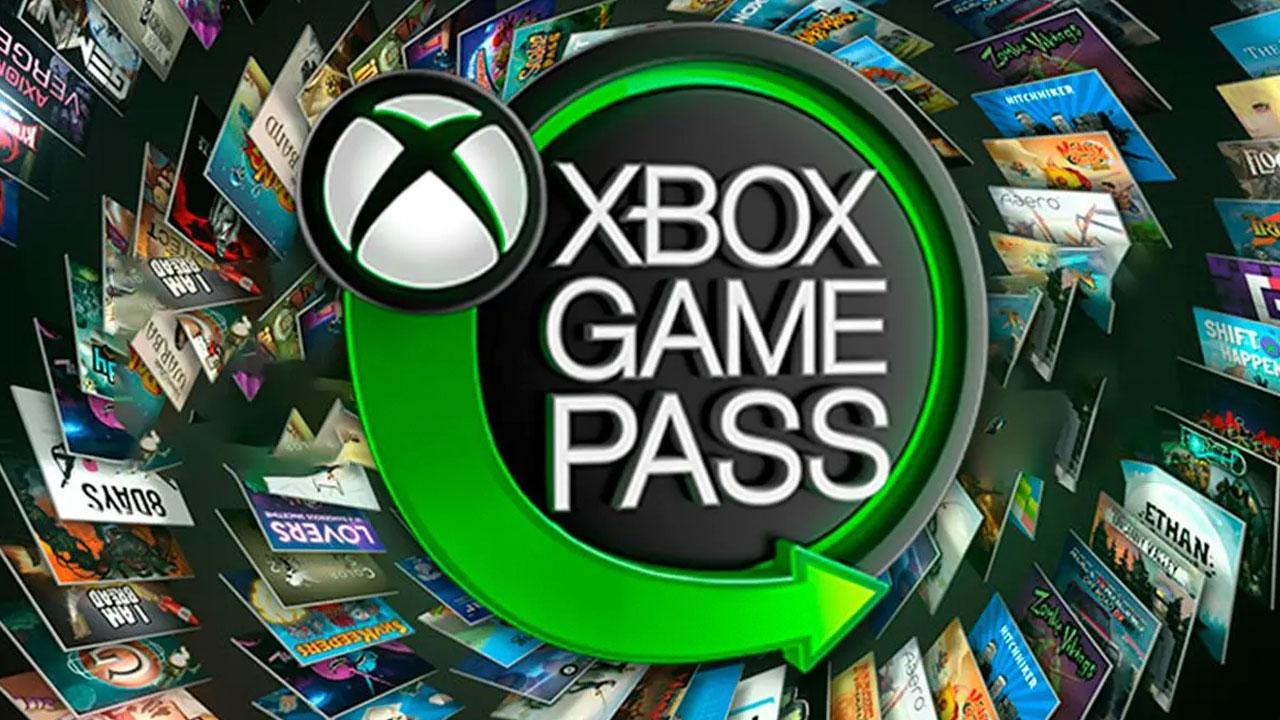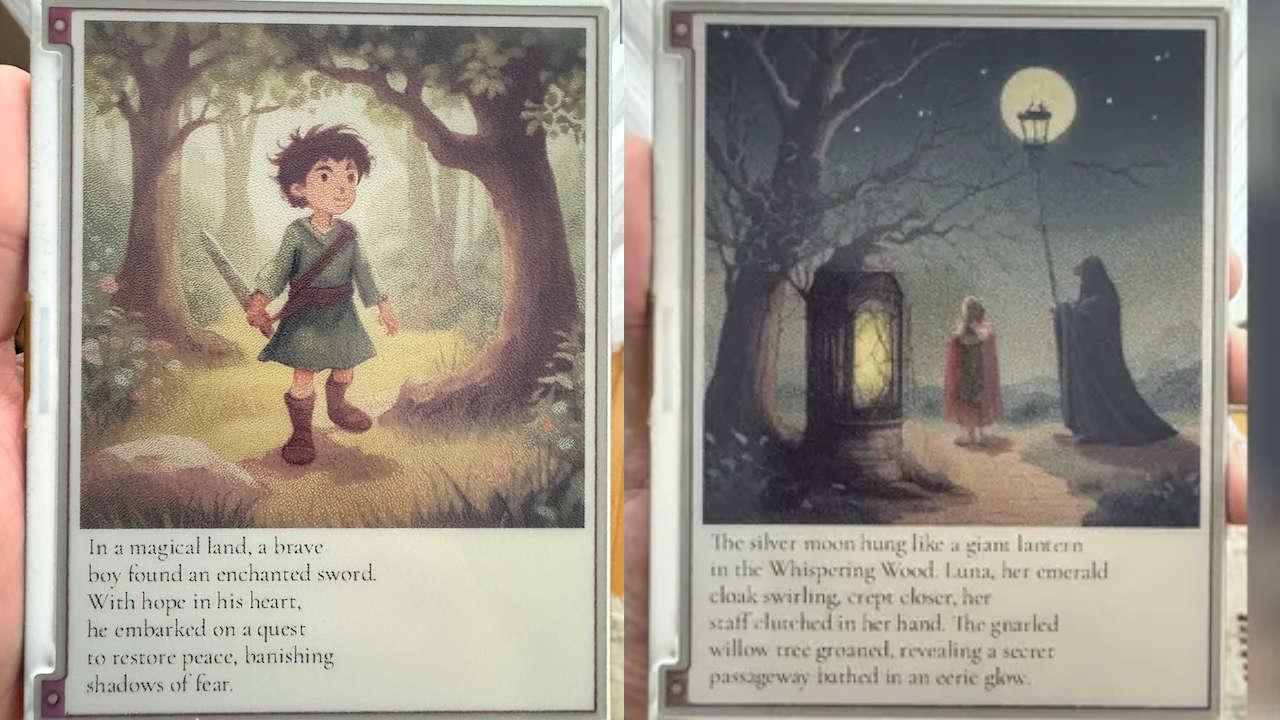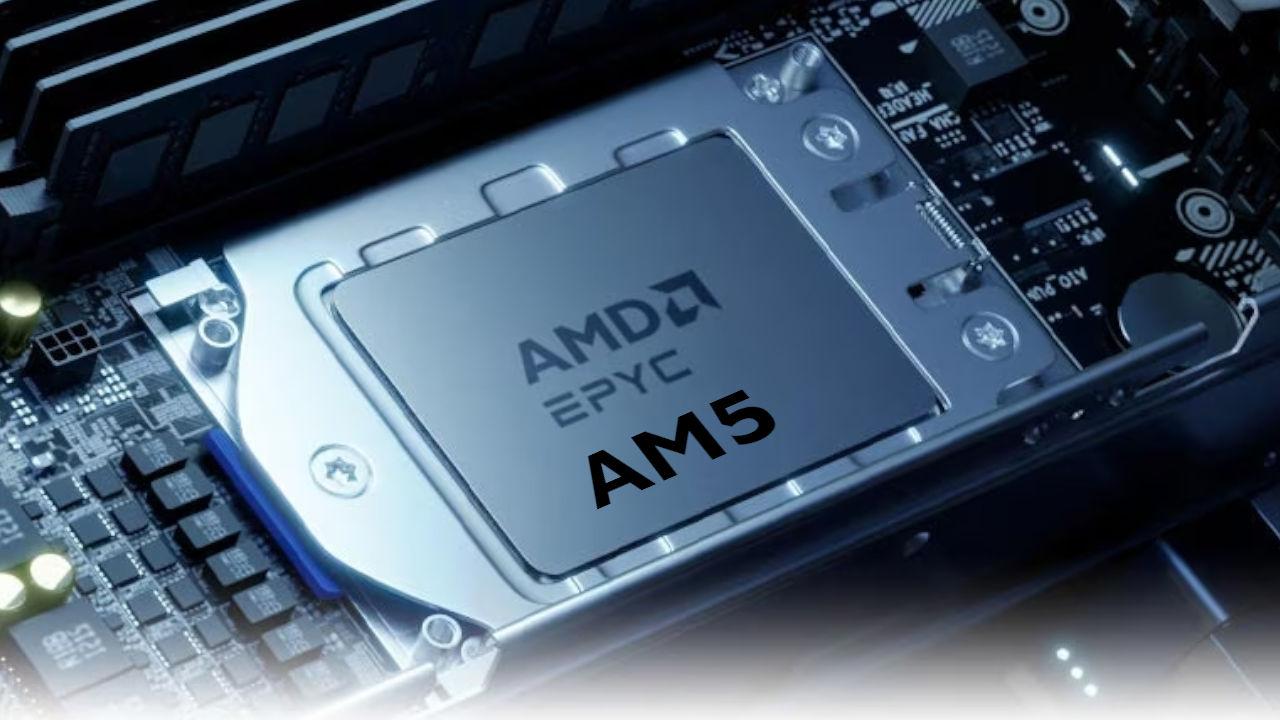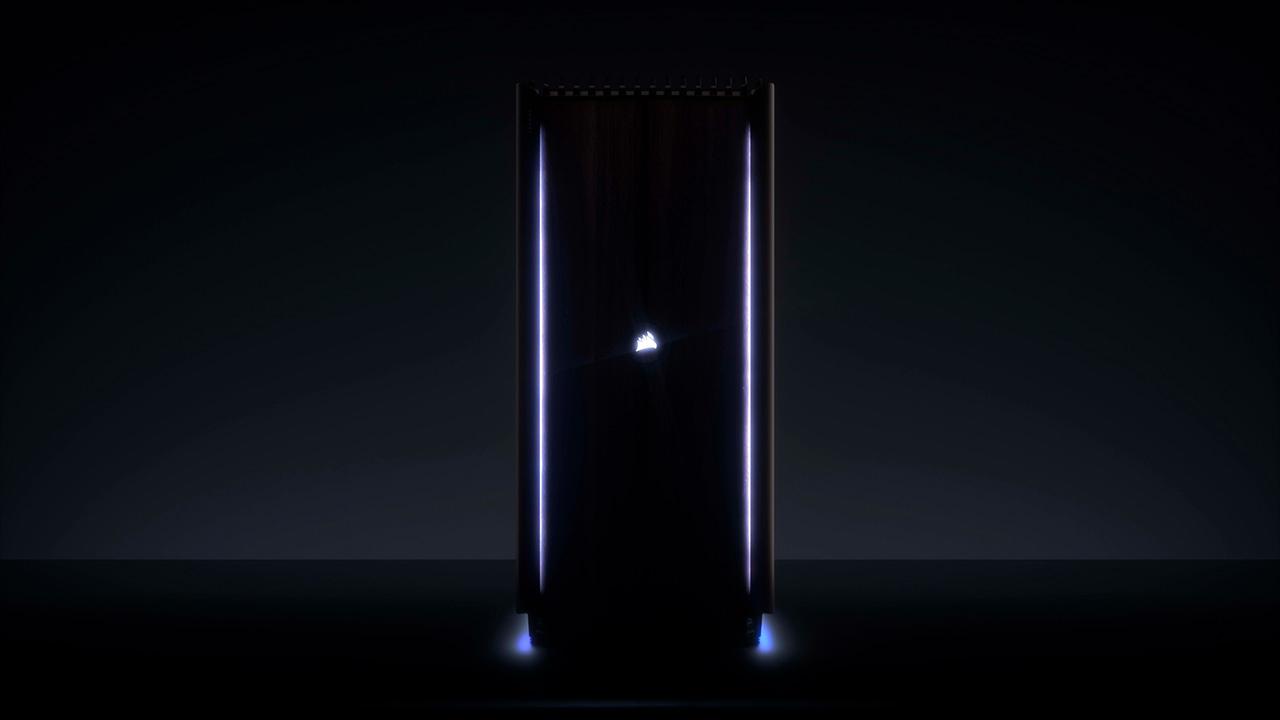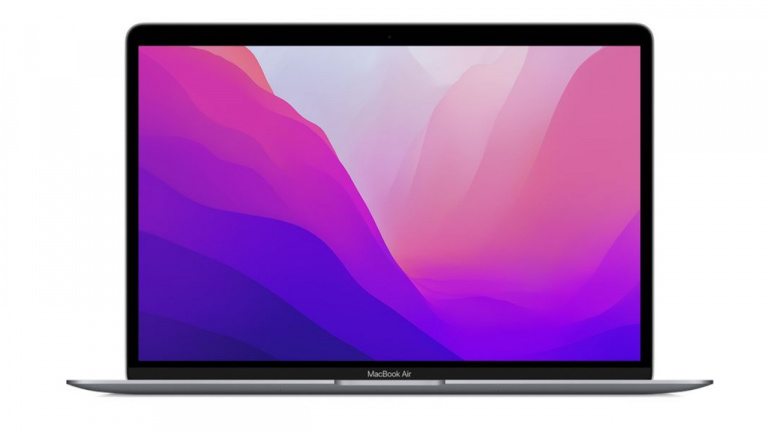There are plenty of blur reduction technologies out there, even NVIDIA has its own (LightBoost), but brands and panelists have implemented their own versions over the years. From the ULMB, DyAc to the named Light boost, all seek to improve the blur in the games.
What is the solution so that motion blur does not occur? Introduce a strobe backlight, where this light must inevitably be synchronized with the monitor’s update cycles to achieve the desired effect. These are not perfect technologies, they only alleviate the problem to a large extent to the point that a seemingly perfect effect has been achieved, but technically it is not as such.
What is strobe crosstalk?
Activating a motion blur mode to mitigate it results in what is known as strobe crosstalk and it is nothing more than a duplication of the image. This effect is not the same on all monitors or on all panels, not even at all refresh rates of the same monitor.
The effect varies with conditions and is caused by multiple issues with introducing strobe light for motion blur. What we see on the screen is an image duplicated several times on either side of it (in the worst case), a kind of image drag if the monitor manages to attenuate the effect and practically a perfectly sharp image if the crosstalk flash is very soft.
Now that we understand what it is and what it generates in the monitor, we need to understand the causes that produce it, since there are several and they are more diverse:
- GtG pixel response time limitation.
- A different time in the refresh cycles of the panel in front of the backlight.
- The speed at which the panel is scanning.
All of these effects more or less favor crosstalk and must be treated separately to understand where the problem lies and be able to mitigate it. Likewise and as we will see later, there are other factors to take into account such as the maximum frequency of the panel in hertz and its temperature.
Response time limitation
Two completely different factors should be highlighted here: GtG and panel update time. The first is the time it takes for a panel and in particular its pixels to switch between two different colors, while the second is the general update time of the panel for all of its pixels.
That is, changing color and presenting a new image in a pixel has nothing to do with it. Therefore, the GtG time must be faster than the overall panel update time, because if this does not happen we will have a delay which will produce strobe crosstalk. One way to mitigate this is to adjust on the monitor (if available) the Overdrive
We don’t have to fall for the fact that a higher Overdrive is better, because then we can produce more strobe crosstalk, which would be a big mistake.
Different times between panel and strobe light
This is normally not possible to remedy, except on some specific monitors that have a specific setting in their menu. The panel time is non-negotiable, but the strobe time can be changed in milliseconds, but the builder must put the facilities described above.
Otherwise it’s impossible, but it still affects the strobe crosstalk and nothing can be done.
Main scan-out
The speed of the call digitize This is also important, because if the panel scans faster, the time is longer for the GtG, so the color transition takes longer and does not overlap with the dark period of the strobe light, causing the double image. named above.
Many manufacturers incorporate higher than normal speed, or even the scan rate of the GPU and its cable, almost completely eliminating this effect. This is also related to the panel refresh rate, where lowering the Hz on the monitor gives more time to complete the process and thus reduce crosstalk.
Another determining factor is temperature, as less degrees means more monitor pixel response time, which also causes the effect when we have motion blur technology active.
Last but not least, there is a consideration that we must take into account and that not everyone is aware of. It doesn’t have to do with the hardware or the technology itself but with our eyes, and is that some gamers see double the frames and may think they are suffering from strobe crosstalk.
This effect is most noticeable when the player is playing very fast games, but it also occurs with slower games and especially when reading text. Is the call keratoconus, a deformation of the cornea which, because it is thinner, ends up protruding and slightly taking the shape of a cone.
This happens logically at all times, but since it is progressive, many players don’t realize it and attribute the issues to things like myopia, astigmatism, contact lenses, glasses and the like. . The effect is similar to strobe crosstalk, only if we also suffer from it on the monitor, the game becomes unplayable and dizzying.
Table of Contents




